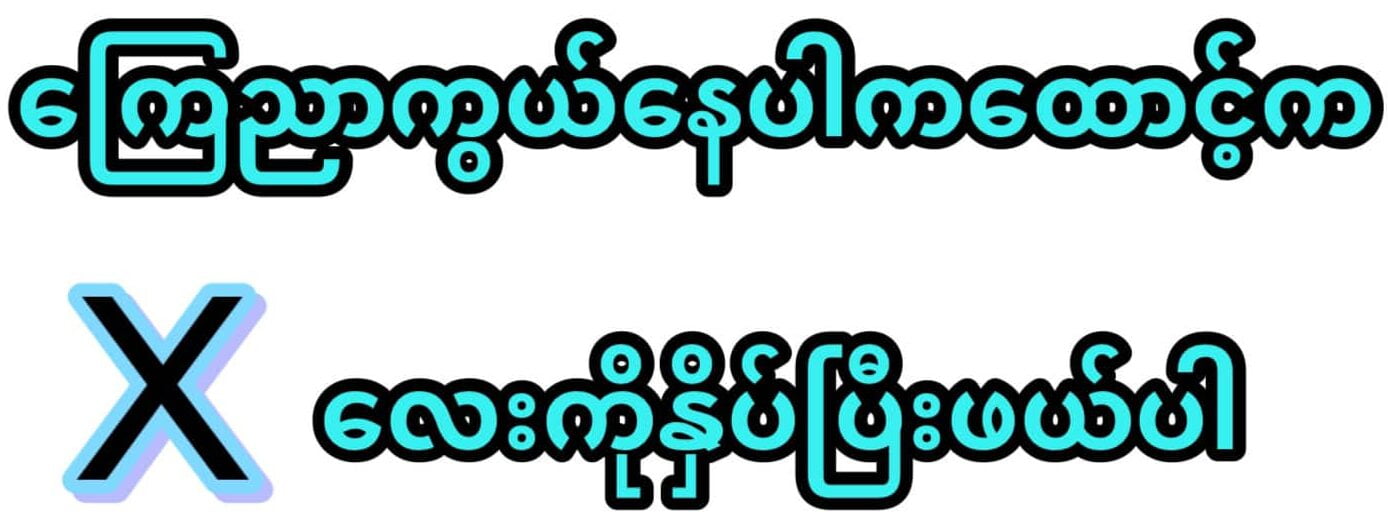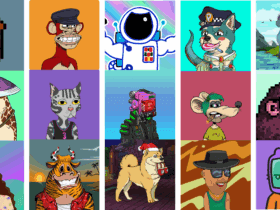Title: Navigating the Future: User Interface and User Experience (UI/UX) Design Trends in Modern SoftwareIn the fast-paced landscape of modern software development, staying ahead of the curve is vital. User Interface (UI) and User Experience (UX) design are key components in creating software that not only looks good but also provides a seamless and intuitive experience for its users. Let’s explore the latest trends in UI/UX design, and how they are shaping the future of modern software.
The Importance of UI/UX Design
User Interface (UI) design focuses on the look and feel of the software, encompassing everything from color schemes, typography, and visual elements to create an aesthetically pleasing interface. On the other hand, User Experience (UX) design delves deeper into the functionality and usability of the software, ensuring that it provides a seamless and intuitive experience for the end-users.
The seamless integration of UI/UX design not only enhances the overall appeal of the software but also influences user engagement, satisfaction, and retention. As technology continues to evolve, so do the expectations of users, making it crucial for software developers to keep abreast of the latest UI/UX design trends.
Current UI/UX Design Trends
1. Dark Mode: Dark mode has gained popularity across various platforms, offering a sleek and modern aesthetic while reducing eye strain, especially in low-light environments. Many modern software applications now offer a dark mode option, catering to the preferences of their users.
2. 3D Elements: The use of 3D elements in UI design has become increasingly prevalent, adding depth and visual appeal to the interface. Whether it’s subtle shadows or immersive 3D models, these elements contribute to a more engaging and interactive user experience.
3. Minimalist Design: Clean, minimalist UI design continues to be a prominent trend, focusing on simplicity and clarity. By eliminating clutter and unnecessary elements, minimalist design enhances visual hierarchy and allows users to focus on the core features of the software.
4. Voice User Interface (VUI): With the rise of voice-activated devices and virtual assistants, integrating voice user interfaces (VUI) into software applications has become a significant trend. VUI not only enhances accessibility for users but also provides a hands-free and convenient interaction experience.
5. Micro-Interactions: Micro-interactions, such as animated buttons, hover effects, and notifications, play a crucial role in enhancing user engagement and feedback. These subtle yet impactful elements contribute to a more dynamic and responsive user experience.
The Future of UI/UX Design
The future of UI/UX design is set to be dynamic and innovative, driven by advancements in technology and evolving user behaviors. As artificial intelligence (AI) and machine learning continue to play a pivotal role in software development, personalized and adaptive UI/UX experiences are expected to become more prevalent.
Furthermore, the concept of inclusive design will continue to gain prominence, emphasizing the importance of creating software that is accessible to users of all abilities. From considerations for visually impaired users to ensuring compatibility with diverse devices, the emphasis on inclusive design will shape the future of UI/UX design trends.
In conclusion, the realm of UI/UX design in modern software is a constantly evolving landscape, driven by creativity, technology, and user-centric principles. By embracing the latest trends and anticipating future developments, software developers can create compelling, intuitive, and inclusive user experiences that are poised to shape the future of modern software.
Stay tuned for more insights on UI/UX design, and join us as we navigate the exciting journey of user-centric software development and design trends.










